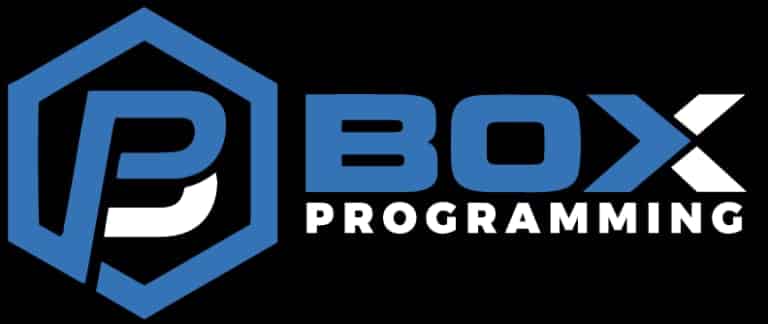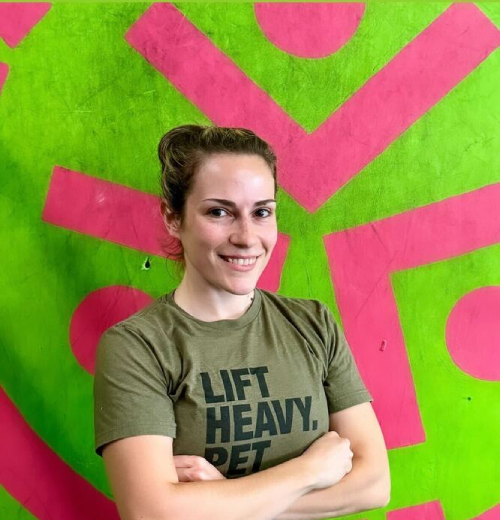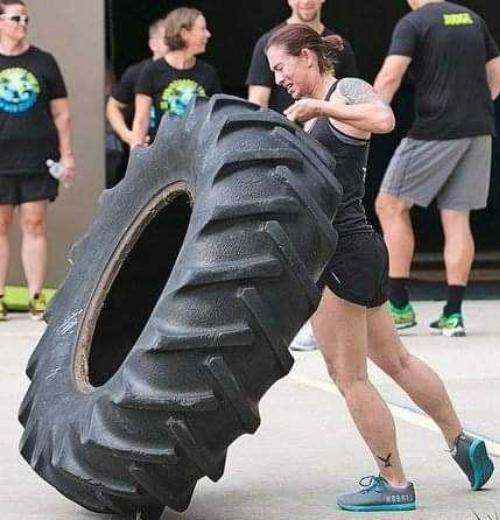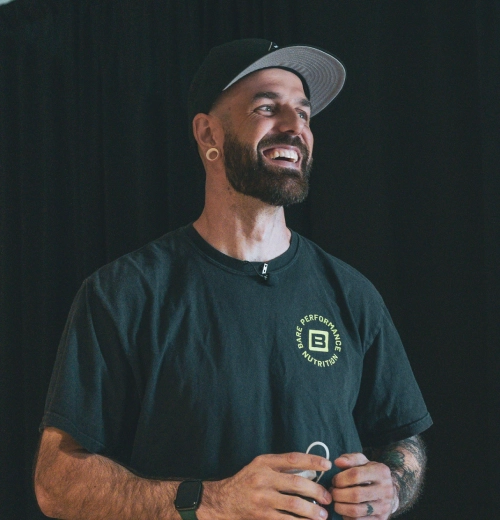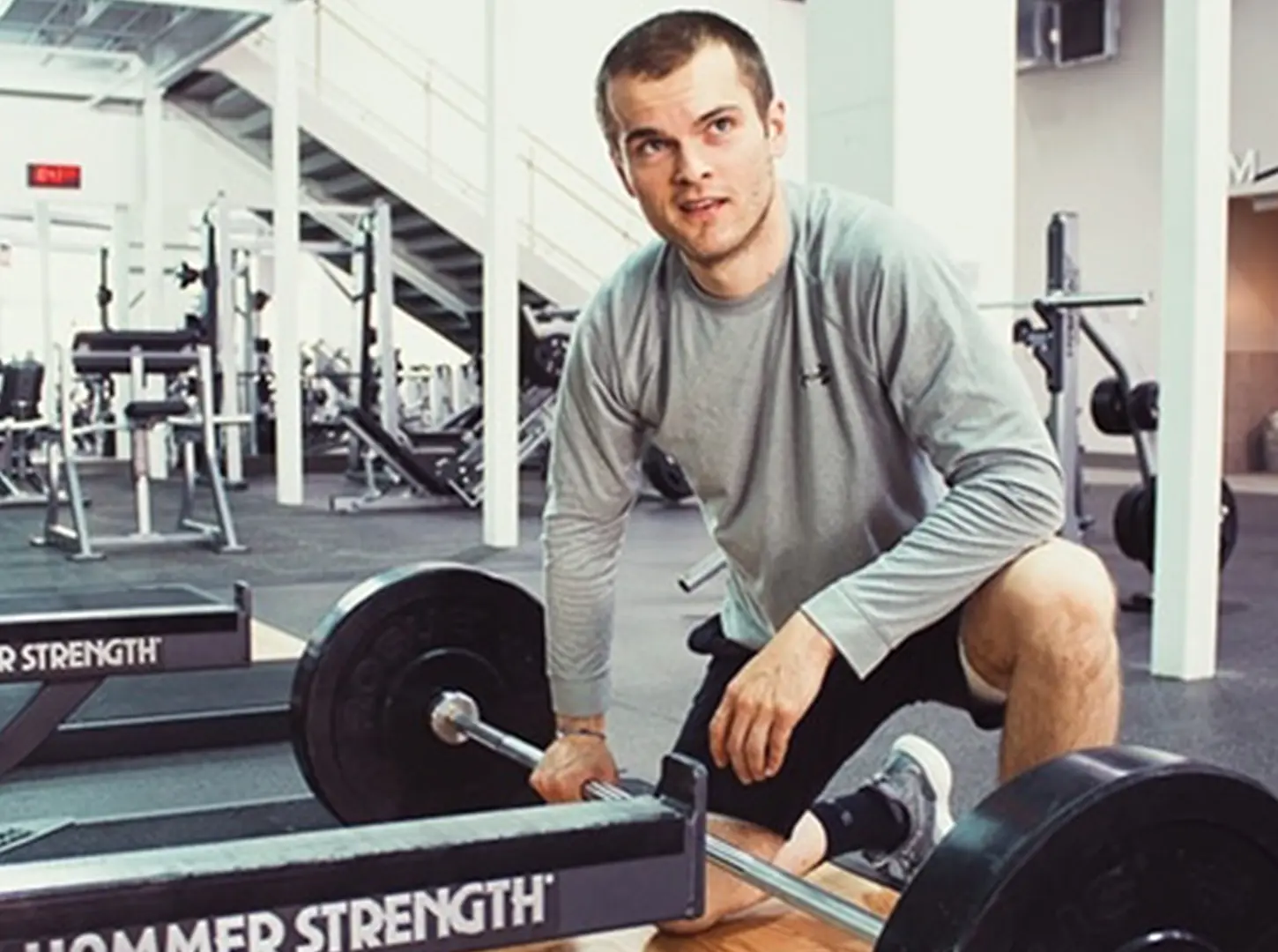I’m writing this post for several reasons.
- Understand that no injury happens in a vacuum. I didn’t hurt my back because of CrossFit.
- Push yourself hard, but know your limits. Do what’s right for you, not what you think you have to do because someone else is doing it (IE using a heavier dumbbell etc)
- Stretch, stretch stretch, then stretch some more. Then stretch again. Most people should focus on the muscles on the front of the body, including the psoas which we’ll discuss later. Especially if you have a desk job, meaning you’re spending a large part of your day in flexion. If you sleep in the fetal position as well that’s another 6-8 hours a night spent in flexion
Most days, my lower back is in so much pain that I feel it when I sneeze. I can’t sleep on my back, and I usually wake up hurting multiple times during the night after rolling onto my back. If I take a step and misjudge the level of the ground I’m stepping to, I feel it. I have to sit down to put my pants on in morning. I can’t jump rope or run because of the impact. The list of things I can’t do, or that cause me pain is pretty long, I could go on, but you probably get the picture.
So how did I get here? A history of back pain and bad posture, an imbalance in my hips caused by years of breakdancing and only spinning in one direction, adding heavy lifting into the mix, and not stretching enough.
I had back pain for the first time at age 13, standing in a museum with my parents. My mom thought I was just complaining because I didn’t want to be in the museum. I’ve always had a bit of lordosis, or anterior pelvic tilt (see pic below). As I’ve gotten older (I’m 37 now), the pain has increased. I just assumed it was part of the aging process and tried my best to deal with it through massage, chiropractic care, electric stimulation, weird gadgets I got from infomercials, core strengthening, different mattresses, back exercises… pretty much everything under the sun.
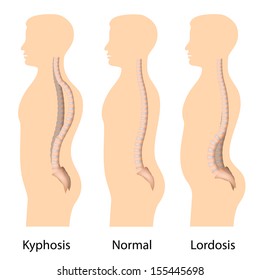
From about age 17 to 32, I would breakdance for multiple hours a day 6-7 days a week (video below for your viewing pleasure… I only have two tattoos at the time, which is also crazy). As I mentioned before, doing every spin move (called power moves), in one direction meant that one leg was always pulling backwards, and one leg was always kicking forwards. This tightened the muscles on one front side of my left hip, and on the backside of my right hip. I started to slow down after 32, and have pretty much given it up completely as of this writing.
Around that same age (32), I started doing CrossFit, which was my first exposure to squats, deadlifts etc, really any barbell movement besides bench pressing that I had done in high school for purely aesthetic reasons. When I told my CrossFit coach about my back pain, his response (and unfortunately the response of most coaches), was that my back was weak and needed strengthening. I know now from reading a ton of work by more experienced strength coaches that people with mainly muscular back pain (like me), generally have extremely strong backs, simply by virtue of the fact that those muscles are always firing. I remember finishing workouts that left me unable to stand, and barely being able to drive home because I had to recline my seat all the way just to get into my car.
Fast forward to 2016, I’d been training really hard at the gym. Hit an all time PR on back squat of 365, deadlifted 445, snatched 220, strict pressed 205, all of this at a body weight of 170. Those aren’t crazy numbers, but for someone who had never had exposure to any of those movements and started training in his 30s I was pretty proud of my progress.
Then I went through the metal detector at the airport for an early morning flight, and couldn’t bend over to put my shoes on when they came through the x-ray. I realized what I was doing to my body was in no way sustainable. I backed way off on the intensity of my training, and hired a coach (who’s now a great friend) to write workouts specifically for me. All this time I’m still reaching out to physical therapists, massage therapists etc, in addition to doing my own searching for answers.
I worked with an amazing physical therapist who showed me how to train my anti-rotational core muscles. The first time I tried an ipsilateral bird dog, I stood up and and my back pain was GONE. I couldn’t believe it, but unfortunately it was short lived. The pain came back, even though I continued to bird dog at pretty much every chance I had. Sidenote: If you’re not training anti rotation, you need to get on it immediately! It’s a huge part of our training at CrossFit REP.
What really scared the crap out of me was the X-ray that I took at the Chiropractor I’ve been seeing (that’s the picture in the blog link, of my spine). If you need a good chiro, he’s the best I’ve been to in Austin (https://focusedonyouchiropractic.com/). He also does a ton of charity work just like we do, and is generally an awesome dude. Seeing him regularly has really helped my upper back (I have some neck pain as well, if you spin on your head pretty regularly, it will happen), but hasn’t done a ton for my lower back. My lower back hasn’t gotten worse though. In fairness it’s an issue that I’ve been dealing with for a very long time, so expecting it to magically vanish would be silly. An important part of any treatment is managing your expectations, and not giving up when the new stretch/massage/chiropractor or whatever you’re trying to implement doesn’t work immediately. I’ve certainly been guilty of giving up too quickly in the past.
As of now, my back is actually feeling the best it has in months, and through two really simple methods. In the new strength training book I’m reading, “Functional Training for Sport“, author Michael Boyle stresses the importance of first mobilizing tissue through self myofascial release (foam roller, lacrosse ball etc), THEN stretching it. I’ve always done both stretching and foam rolling, but never in that order and right next to each other. Almost the same day, I heard a podcast with legendary ultra-marathoner and all around badass David Goggins, (I’ll do a separate blog post on him, he certainly deserves it), who stressed the importance of stretching the psoas muscle. The psoas is difficult to stretch, because if your lower back arches during the stretch, then the psoas shortens as you can see in the graphic below). So I started smashing my psoas and then stretching it. Low and behold, I felt MUCH BETTER, very quickly. Then of course my ego got the best of me during our group class on Tuesday and fried my back using dumbbells that were too heavy for me, because I was partnered up with a new guy in class and didn’t want to be a “wuss”.

I’ve tried a few different psoas mobilization techniques, and this is my favorite. It’s not perfect, but I like it because you can control the pressure using your bodyweight, and it only requires some floor space and either a MOBO, or you could make your own tool using a lacrosse ball and a stick. Or a stick shift from a 1973 Mustang :). The MOBO is really cool, and I’d recommend getting one for other mobilizations too.
This is the best psoas stretch I’ve seen and tried. Elevating the front foot is important because it causes a slight internal rotation to the back leg, which targets the psoas more. You can add in a slight lean to the forward leg side to also hit your QL (back muscle) and obliques.
I really believe that everyone can benefit from psoas stretches and mobilizations.
Thanks for reading my story! My plan going forward it to continue to focus on mobility and stretching, jump in group classes occasionally and not be a douche bag with the weights I pick up, and be able to move pain free. Eventually I’d like to be able to snatch again (my favorite lift), and I have some modest body recomp goals as well, but pain free movement is my priority at the moment.
I hope you got something out of this post, whether it was to stretch a little more, not feel pressured to do something you know is going to hurt you later in a group fitness class. Or that pain, injury and treatment are all multifaceted, and there is never ONE reason why you got hurt, or ONE way to get out of pain.
Love you all and I’ll see you in health!




